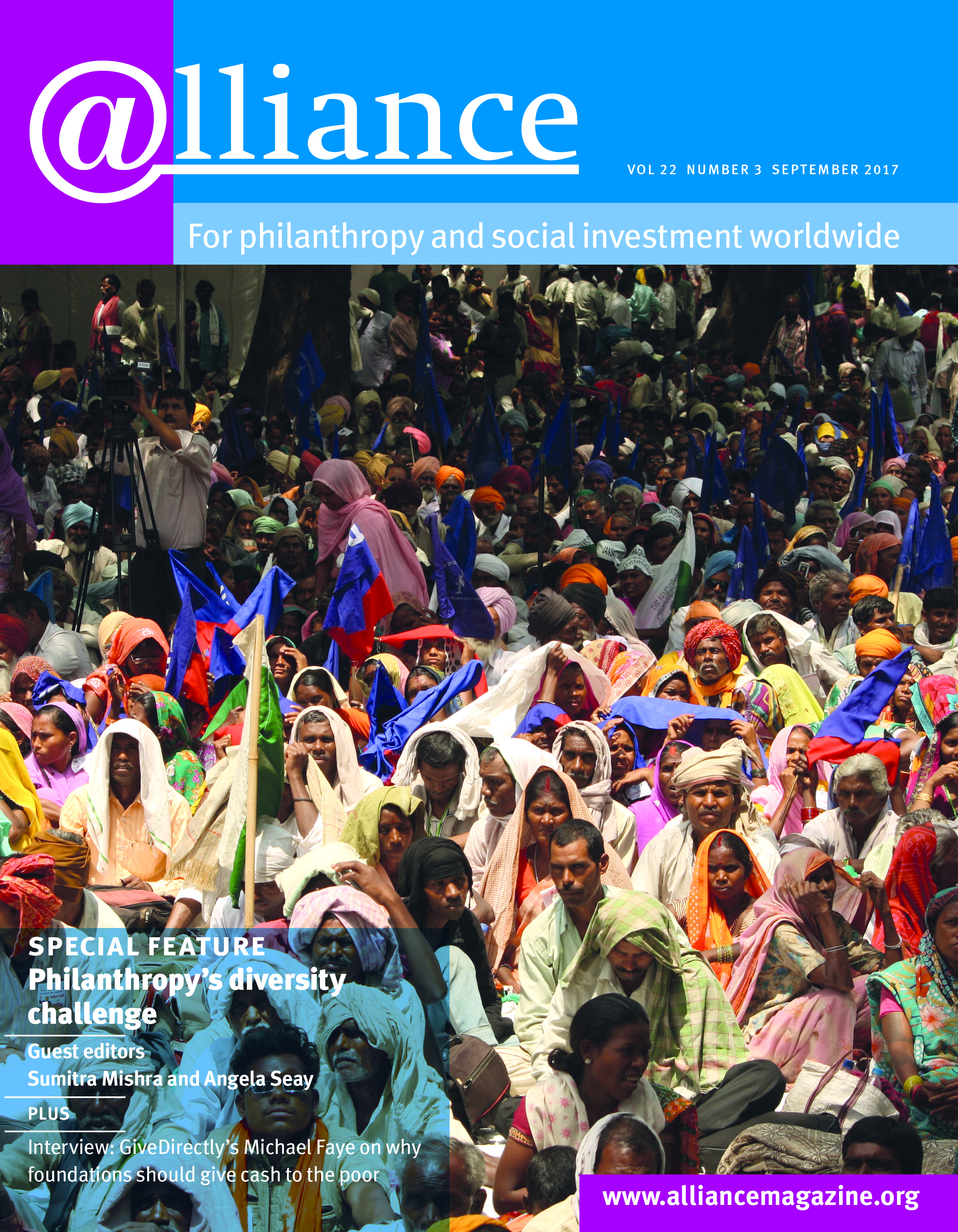The social economy will be crucial if Asia’s projected economic growth is to be distributed to reduce rather than increase present inequalities. The Asia Development Bank calculates that by 2050, the rise in the continent’s per capita income could make ‘some 3 billion additional Asians affluent by current standards’.
At its annual conference in Bangkok in June, AVPN launched the Social Investment Landscape in Asia, an attempt to chart the social investment sector through the great range of organizations and circumstances in 14 countries across the continent.
 In two volumes, one covering North and South Asia, the other South-East Asia, the report sets out the 14 countries’ development ‘vital statistics’ – GDP, SDG dashboard rating, labour force, governance, infrastructure, digital access ratings and so forth – as well as the main development challenges the countries face and the state of social investment in each.
In two volumes, one covering North and South Asia, the other South-East Asia, the report sets out the 14 countries’ development ‘vital statistics’ – GDP, SDG dashboard rating, labour force, governance, infrastructure, digital access ratings and so forth – as well as the main development challenges the countries face and the state of social investment in each.
It finds social economies in all stages of development, from the nascent to the mature, starting with Cambodia with a mere 92 social enterprises to India with two million.
And despite the great variety of the countries studied, it suggests a number of important preconditions for the development of the region’s social economies, which are at various stages of fulfilment.
Government support
As well as being the only east Asian country that legally recognises social enterprises, the South Korean government is the country’s largest social investor and incubator through agencies such as the Korea Social Enterprise Promotion Agency (KoSEA).
The social economies of Thailand, Hong Kong, Taiwan, Singapore and the Philippines also benefit from progressive policies, with 248 of Hong Kong’s 574 registered social enterprises having been started with government seed funding.
Social investment funds and intermediaries
While many of these are international, local social investment funds and intermediaries are growing and include ChangeFusion (Thailand), XChange (Philippines), Narada Foundation (China) and Lotus Impact (Vietnam).
 Other intermediaries, too, such as the Centre for Social Initiatives Promotion (Vietnam), Phandeeyar (Myanmar), Asia Philanthropy Circle (Singapore) and MyHarappan (Malaysia) play key roles in both incubating and developing social purpose organizations and providing forums for exchange of the kind of expertise that is indispensible to their development.
Other intermediaries, too, such as the Centre for Social Initiatives Promotion (Vietnam), Phandeeyar (Myanmar), Asia Philanthropy Circle (Singapore) and MyHarappan (Malaysia) play key roles in both incubating and developing social purpose organizations and providing forums for exchange of the kind of expertise that is indispensible to their development.
Strategic philanthropy
Foundation giving remains largely traditional, though in different parts of the region there are signs of new approaches from private philanthropy, particularly where representatives of the younger generation are beginning to lead family foundations or make their presence felt in other ways.
The report notes evidence of ‘informed giving along with social investment through equity and socially responsible investing’ in India, Hong Kong and Singapore.
Integrated CSR
Corporate social responsibility (CSR) practices are widespread but are yet to reach their potential. Only in a few of the 14 countries studied is ‘the integration of CSR with business leading to shared value approaches’ evident.
The adoption of responsible investment practices
Responsible investment strategies have emerged in the region’s more advanced economies, including Japan, Hong Kong, Taiwan, South Korea, Malaysia and Singapore.
The Japanese Government Pension Investment Fund (GPIF), for instance, with a pool of US$240 billion, became a signatory of the UN Principles for Responsible Investment (PRI) in 2015. Its entry into the market is likely to spark interest in responsible investments both in Japan and beyond.
Multi-stakeholder partnerships
The report notes the presence of multi-stakeholder partnerships in a number of countries, including Thailand’s mutual fund BKIND, an initiative that brings together government, corporations and civil society and involves ChangeFusion Thailand, Ashoka, Khon Thai Foundation and the Bangkok Stock Exchange; and the SE Funds in South Korea which bring together government, corporations and civil society.
It also highlights the extent to which the social economy blurs once sharp sectoral distinctions and thus appeals to a great diversity of players in Asia.
For more information:
http://tinyurl.com/SIlandscape-asia





Comments (0)